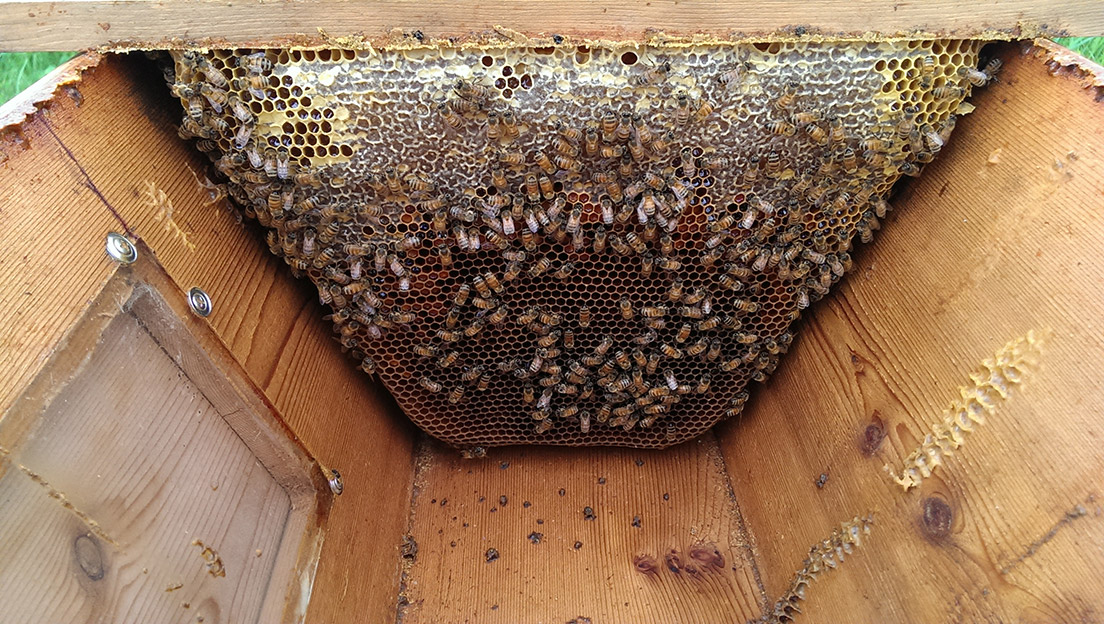Quite often I see discussions pop up regarding one top-bar hive length or another, and which is best. My hives, based on Wyatt Mangum’s design, are three feet in length. I see that a lot of other people advocate Michael Bush’s recommendation of a 4 foot hive.
After much reading to see if there was a “best” length I realized that even hives of the same length may have very different volumes due to the height and widths of their ends. When I did the calculations I found that most of the most commonly recommended hives have pretty similar volumes despite their difference in length.
By my calculations
- A 3 foot Wyatt Mangum design has 69 liters of volume.
- A 4 foot Michael Bush design has 72 liters of volume.
So while there is a 25% difference in length, there is only a 3% difference in volume.
A Top-Bar Hive’s Volume Is More Important Than Its Length
I ran the numbers on several other noted top bar beekeepers and found that nearly all of the recommended hive dimensions yielded a volume somewhere between 70 and 80 liters – only a 14% difference between the smallest and largest. Now when I build my hives I keep them in that range. It’s worth noting that a double deep Langstroth is about 85 liters.
I have made two Top-Bar Hive Volume Calculators in a Google Spreadsheet that you can try.

